India, also called Bharat, is a land of diverse cultures, customs, traditions and festivals. The various festivals celebrated here, like Holi, Diwali, Eid ul Fitr, Good Friday are a way to connect people and celebrate life. These multi-cultural festivals reflect the multi-religious society of India and no matter how different it is, it still shares the same roof. All of which can be well experienced on cultural holidays in India.
Currently India has 122 major languages, of which 30 are spoken by more than a million people. English is the official language, along with Hindi. Just like its languages, the Indian culture and heritage is unique in its own way. We want to assure you that no place will be better than India for a cultural tour! This blog is written specially to help those peoples who are looking for such a land where they could see different religion and their culture. It is full of diversity.
Below you will get in detail about different cultures and tradition of India.
Buddhist Culture in India
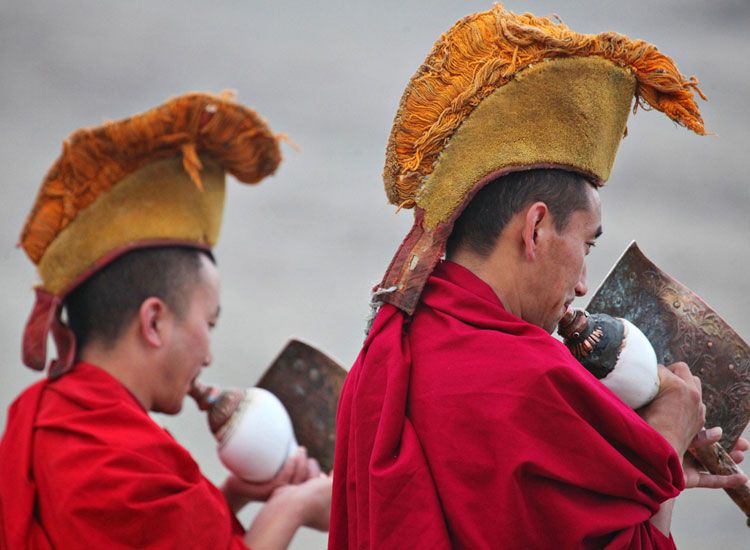
Buddhism arose from the ancient kingdom of Magadha (now in Bihar, India). Based on the teachings of Gautam Buddha, the Buddhist culture took over Sikkim, Ladakh, Arunachal Pradesh, and Darjeeling in West Bengal and Dharamshala in Himachal Pradesh.
Although Buddhism is scattered in various states of India that are of religious significance for Buddhists. Some of the Buddhist pilgrimage are Bodhgaya – where Buddha attained enlightenment. Sarnath – where Lord Buddha delivered his first sermon and Kushinagar – the place where he attained “Mahanirvana,” or “The Great Liberation.”
Major Festivals in Buddhism
Just like other religions, Buddhist festivals are based on some important episodes and occurrences in the Buddhist religion and the life of Lord Buddha. These festivals are occasions for celebrating and as a tourist you will participate in them!
One of the major festival celebrated under the Buddhist culture in India are, Buddha Jayanti, or Buddha Purnima, is marked to celebrate the birth of Prince Siddhartha on a full moon night in the month of “Vaisakh” (April/May). Losar, or the Tibetan New year, is also celebrated with much gusto in several parts of India. Hemis Fair is celebrated in the Hemis Monastery in the Ladakh region of Jammu and Kashmir. The festival celebrates the birth of Guru Padmasambhava.
Hindu Culture in India
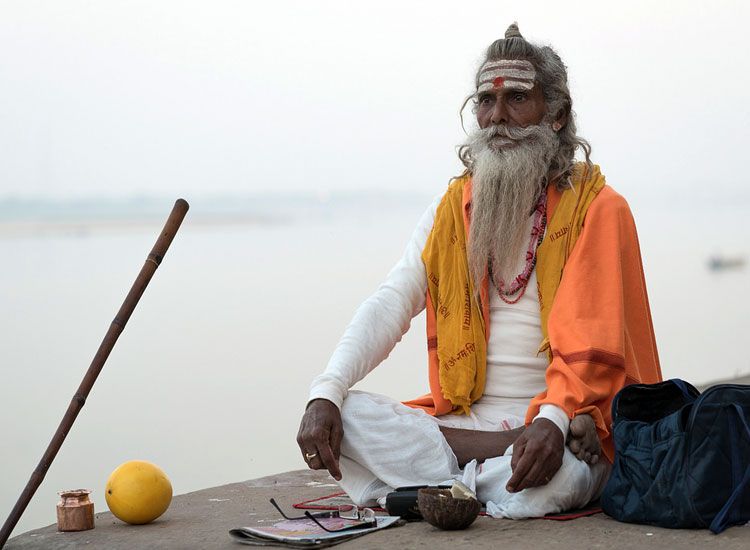
Hinduism is a way of life, whose main doctrines and teachings are based on the Vedas, Upanishads and other religious scriptures. Some of the major Hindu belief center on the concepts of reincarnation, karma, salvation and moksha (ultimate liberation). The majority of the Indian population, except in some states, are followers of the Hindu religion. However, being a vast religion, its customs, traditions and beliefs, differ from one region to the other.
India has hundreds of pilgrimage sites that are visited by thousands of Hindus every year. Some of most famous are Vaishno Devi temple in Jammu & Kashmir state, Jagannath Temple in Odisha state, Somnath Temple in Gujarat state, Tirumala Venkateswara Temple in Andhra Pradesh, and many others.
Major Festivals in Hinduism
The diversity in Hinduism is reflected in its numerous festivals. From one region to the other, every festival carries with it some social and cultural significance. While some celebrate the onset of a good harvest, others symbolize the victory of good over evil. You can immerse yourself in these festivals and experience Hindu culture closely.
Diwali, celebrated with exciting fireworks and grandeur, marks the return of Lord Ram after an exile of 14 years. Holi, a festival of colors, signifies the victory of good over evil. Pongal, a four day harvest festival, is celebrated in South India as a thanksgiving to Nature. Bihu festival, extending to a month in Assam, marks the arrival of the Assamese New Year. Besides these, there are numerous other festivals that are celebrated the year round.
Jainism Culture in India
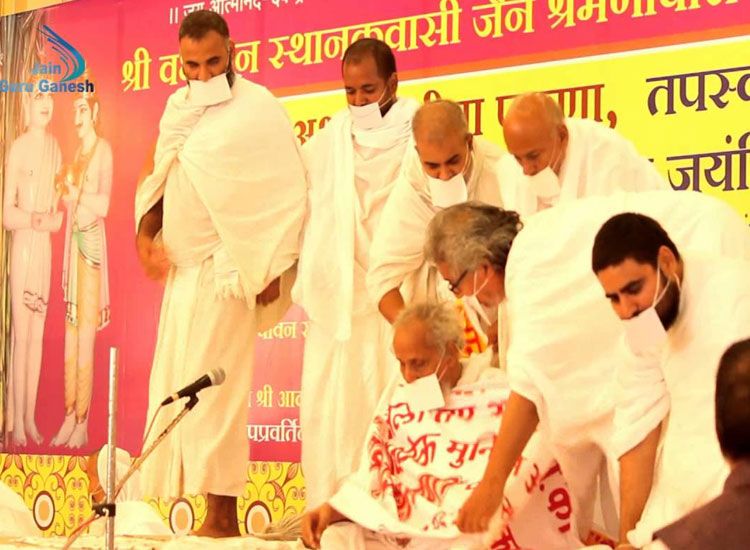
Jainism is derived from the word “Jina,” which means victory over the self and the external world. It began its advent in 6th century BC. Jains revere the Tirthankaras (holy men) even more than the gods. It was the last Tirthankara Mahavira, who was the founder of Jainism.
The essence of Jain teachings and culture is reflected in its temples and shrines. Dilwara Temples in Rajasthan state, dating back to the 13th century, are highly revered by Jains. The Palitana Temples in Gujarat state, comprising of 863 temples, all engraved in marble, are believed to be the most sacred of all Jain temples. Shravanbelagola, famous for its colossal statue of Gomateshwara, is another famous Jain center.
Major Festivals in Jainism
Generally, festivals are an occasion for displaying pomp and grandeur on a massive scale. However, Jainism focuses on austerity and penance. As such, their festivals are characterized by the spirit of renunciation, study of the scriptures, meditation, chanting hymns, and so on. However, visitors can learn a lot about this great religion by participating in their various sermons, discourses etc.
Paryushan Mahaparva, observed for a period of eight days, is a period of fasting and reading the Holy Scripture – Kalpasutra. Mahavir Jayanti celebrates the birth of Mahavir. A chariot procession, seminars and discourses, besides other devotional activities, are held. Besides these, Jnan Panchami, Bhai Beej and Navpad Oli are other festivals celebrated by the Jain community.
Book Your Manipur Mizoram Nagaland Tour Package
Christian Culture in India
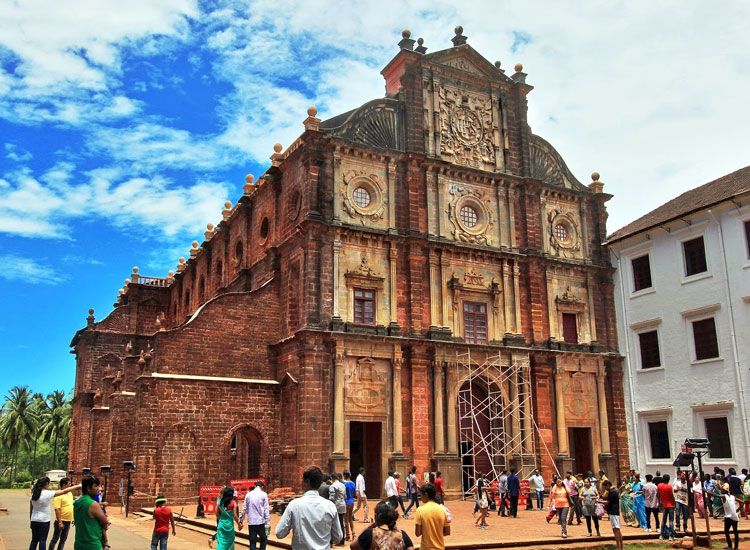
Christianity in India traces its history to 52 AD. Jesus Christ is the centrally revered figure in this religion. The Bible is the Holy Book of the Christians, and it’s divided into 2 sections – The Old Testament and The New Testament. Nagaland, Meghalaya, and Mizoram are Christian majority states in India.
The Christians conduct their religious activities in their churches, many of which are specimens of beauty and elegance. Some of the most famous churches in India are St. Thomas Cathedral in Madras, The Church of Our Lady of Mount in Bombay, The Shrine of St. Xavier at Kottar, and St. Xavier’s shrine at Bom Jesus Church at Old Goa, and many others. Besides, India also has many ancient churches.
Major Festivals in Christianity
Christian festivals are an occasion to celebrate the birth of Jesus Christ, and spread his message of love, harmony and brotherhood. Throughout India, Christmas is celebrated with an enthusiastic spirit. You can soak in the merrymaking too!
Christmas is the most popular festivals of Christians. It celebrates the birth of Jesus Christ. Easter, also known as Pascha, celebrates the resurrection of Jesus, which occurred after his death by crucifixion. Good Friday marks the anniversary of Jesus’ death on the cross.
Islamic Culture in India
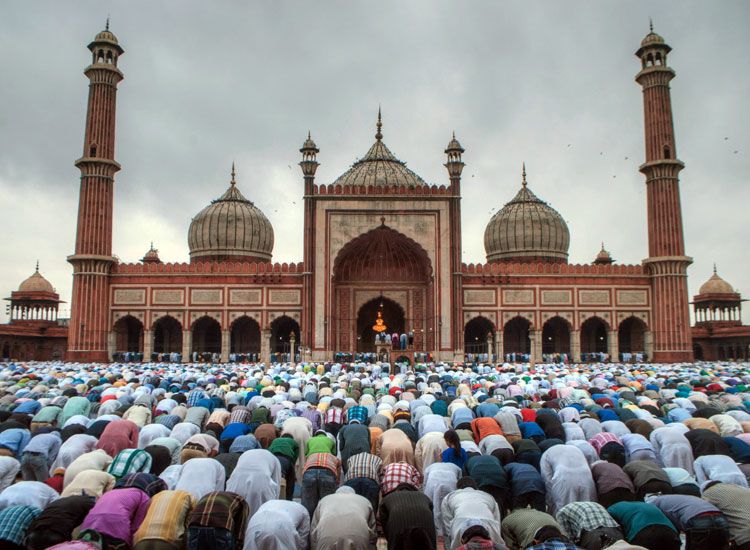
Islamic culture can be described as a set of practices that are common to Islamic peoples all over the world. Muslim culture in India is influenced by its peculiar history, syncretic traditions and years of interaction with people from other religions. As such, this give-and-take in cultural matters have led to the development of a unique Muslim culture in India, distinct from the rest of the world.
India is home to a large number of mosques, many of which were constructed during the Mughal era. Jama Masjid in Delhi, Hazratbal Shrine in Srinagar, Char Minar in Hyderabad, Nizamuddin Dargah in Delhi, and Shah-e-Aalam in Ahmedabad, apart from numerous other shrines and mosques, occupy a special place in the heart of Muslims.
Major Festivals in Islam
Muslims celebrate their festivals by exchanging gifts, fasting and feasting, offering prayers, and shopping. During the Muslim festivals, the streets are decorated with strings of colorful electric bulbs while people flock to the markets. Everyone is immersed in great revelry. Once here, you can witness the grand and joyful celebrations of the Muslim community, and discover a unique variant of Islam in India.
Eid ul-Adha or Bakrid, is celebrate to respect the willingness of Ibrahim to offer his son for sacrifice. Eid ul-Fitr, which is known as Feast of Breaking the Fast, marks the end of the Islamic holy month of Ramadan. The festival of Barah Wafat, or, Id-e-Milad, is celebrated to mark both the birth and death anniversary of Prophet Muhammad. Muharram, observed on the tenth day of the first Muslim month, is a day of mourning, as it commemorates the martyrdom of the Prophet’s grandson, Hussain.
Tribal Culture in India

India prides itself on its enormous variety of tribal communities. Many of these have retained their archaic mode of life, away from the mainstream. The distinctiveness of the trial communities is reflected in their language, rituals, festivals, art, culture etc.
Some of the major tribes in India are Santhals, Mundas, Khasi, Bhils, Bhutia, Gonds and Chenchus. A major portion of the tribal population resides in some areas of Chhattisgarh, Odisha, Jharkhand, Madhya Pradesh and the Northeastern states.
Major Festivals in Tribal Culture
The tribal festivals in India display the best of their own respective cultures prominently. Festivals are just a reason to celebrate and wear traditional dresses and dance according to their long established forms. However, most of the festivals are celebrated with a view to appease the presiding deities of the Indian tribes.
Visitors are amazed and utterly fascinated with the various tribals in India and their cultures, coming across each of which is both thrilling and educative. While tribal groups in Madhya Pradesh celebrate Madai Festival, Bhagoriya Festival, Nagaji Festival etc., those in Odisha celebrate Bali Jatra (Koraput tribe), Bija Pandu Festival (Koya tribe), Kedu Festival (Kondhs of Phulbani), besides many others. Some of the major festivals celebrated in Nagaland are Mimkut Festival (Kuki tribe), Sekrenyi Festival (Angami tribe), Tshukhenyi Festival (Chakasang tribe), besides others.
In a nutshell, India has always been known as the land which has kept its traditions, culture, heritage and diversity intact. But when wanderers come to explore the land, the country has embraced them with all its heart. While there is a long list of cultural experiences here, the Golden triangle tours so to say is the best way to begin.
I hope you enjoyed my article! I would request you to give your comments, feed backs and suggestions, if any, in the comment section below, or you will visit our well crafted itineraries for Cultural Tour in India.
Related post:
12 Must-Visit UNESCO World Heritage Sites in India
Celebrate Cultural Diversity with Festivals in India
Explore the Cultural Destinations of India
10 Must-visit Rural Places in India for Cultural Holidays

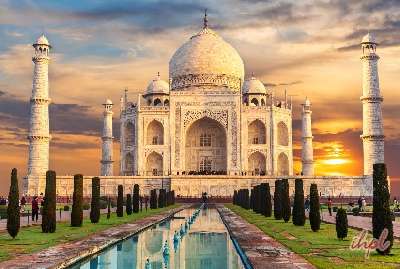 Buddhist Pilgrimage Tour
Buddhist Pilgrimage Tour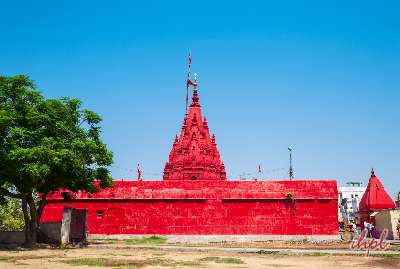 Buddhist Tour with Nepal
Buddhist Tour with Nepal Buddhist Culture and Heritage Tour
Buddhist Culture and Heritage Tour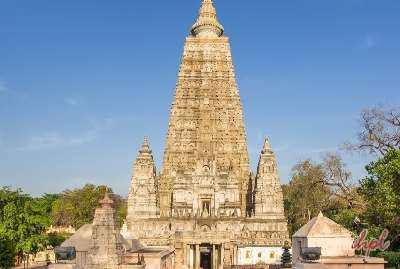 Land of Buddhist
Land of Buddhist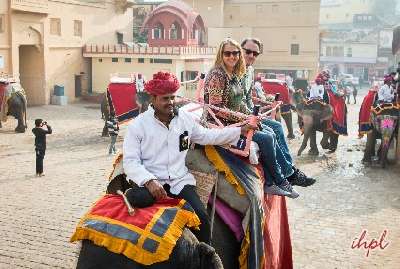 Cultural Highlights of India
Cultural Highlights of India Golden Triangle India Tour
Golden Triangle India Tour Tribal Trail
Tribal Trail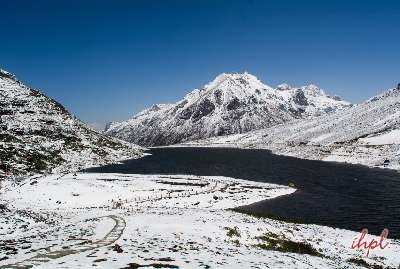 Tribal Cultural Tour
Tribal Cultural Tour


Thanks, it’s very informative
Dear Juli,
I am happy to know that you found this article to be informative. Keep reading!
Thanks for sharing such a wonderful information
Dear Littlecastle,
Thank you for your kind words. I am glad you enjoying reading this article. Keep following us for such articles in the future.
Dear Sir
Great and entire details about indian
Also visit for more details
Dear Sunil,
I am pleased to know that you found this article to be informative and helpful. Keep reading our blog in the future too!